It can be done with much, much less Liquid code than in the existing answers:
{% for post in site.posts %}
{% assign currentdate = post.date | date: "%Y" %}
{% if currentdate != date %}
<li id="y{{currentdate}}">{{ currentdate }}</li>
{% assign date = currentdate %}
{% endif %}
<li><a href="{{ post.url }}">{{ post.title }}</a></li>
{% endfor %}
This will return exactly the HTML specified in your question:
<li id="y2013">2013</li>
<li><a href="/2013/01/01/foo/">foo</a></li>
<li id="y2012">2012</li>
<li><a href="/2012/02/01/bar/">bar</a></li>
<li><a href="/2012/01/01/baz/">baz</a></li>
However, this is not the optimal solution, because the year numbers are "only" list items as well.
It's not much more Liquid code to put the year into a headline and to begin a new <ul> for each year's posts:
{% for post in site.posts %}
{% assign currentdate = post.date | date: "%Y" %}
{% if currentdate != date %}
{% unless forloop.first %}</ul>{% endunless %}
<h1 id="y{{post.date | date: "%Y"}}">{{ currentdate }}</h1>
<ul>
{% assign date = currentdate %}
{% endif %}
<li><a href="{{ post.url }}">{{ post.title }}</a></li>
{% if forloop.last %}</ul>{% endif %}
{% endfor %}
The generated HTML:
<h1 id="y2013">2013</h1>
<ul>
<li><a href="/2013/01/01/foo/">foo</a></li>
</ul>
<h1 id="y2012">2012</h1>
<ul>
<li><a href="/2012/02/01/bar/">bar</a></li>
<li><a href="/2012/01/01/baz/">baz</a></li>
</ul>
You can also group by month and year instead (so that the headlines are February 2012, January 2012 and so on).
To do this, you just need to replace date: "%Y" (in the second line of both above examples) by date: "%B %Y".
(%B is the full month name, see the documentation)
